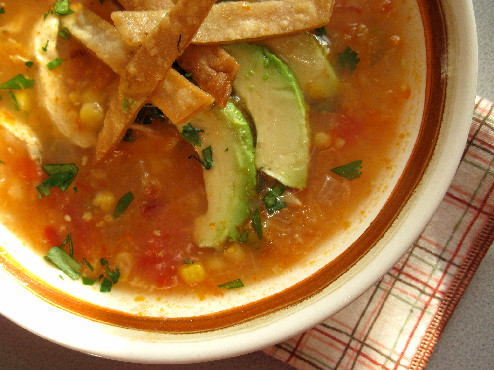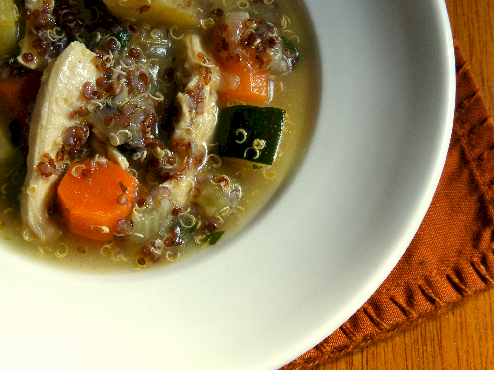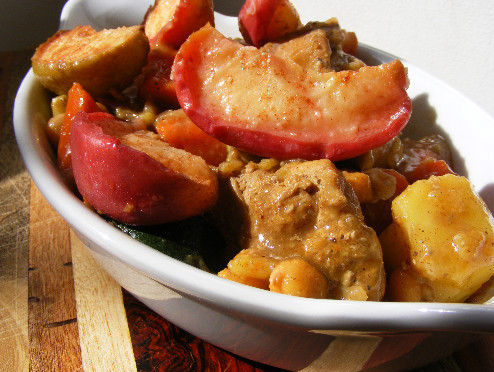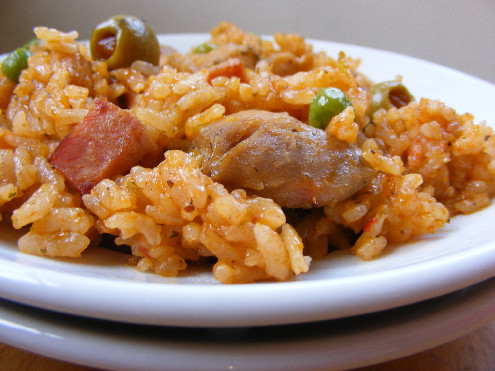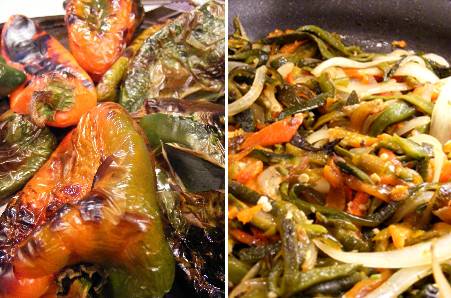Black Beans: Enfrijoladas with Chicken & Chorizo
Sunday, June 19th, 2011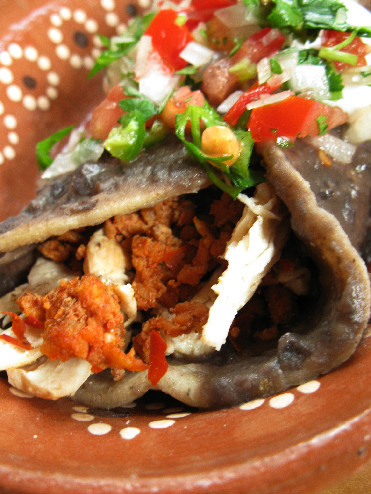 Here’s another black bean recipe I think you should get excited about. Again, this isn’t fancy food, but it’s a little out of the box. Enfrijoladas (pronounced en-free-hol- ah-thas ) are a very popular dish in Mexico but are rarely seen on the menus here in the States.
Here’s another black bean recipe I think you should get excited about. Again, this isn’t fancy food, but it’s a little out of the box. Enfrijoladas (pronounced en-free-hol- ah-thas ) are a very popular dish in Mexico but are rarely seen on the menus here in the States.
They are a creative take on enchiladas. Instead of using the typical tomatillo or red chile sauce, it’s refried beans that coat the outside.
It shouldn’t really be that surprising since beans play such a central role to the Mexican diet. Frijoles are a part of nearly every meal and take on many manifestations. We eat them freshly cooked out of the pot (frijoles de la olla) or refried. Refritos are spread on nearly anything – tortillas, bread for tortas or molletes, atop of sopes or tostadas, etc.
Here, they are thinned and fried to make a sauce for enfrijoladas.
When I consulted one of my favorite Mexican cookbooks, The Mexican Gourmet, I came across a recipe for Enfrijoladas Santa Clara, apparently from the Fonda Santa Clara Restaurant in Mexico City. I never ate at the restaurant so I can’t compare them to the version I had in Oaxaca that used black beans and also had chorizo. The process is basically the same used to make most enchiladas.
I adapted the recipe below from the Santa Clara version – of course, using black beans. This is a concept recipe, meant to inspire you to add your twist to make it your own. Stuff them with your favorite ingredients and chiles, some carne or just some cheese. Or, as some do, stuff with eggs or only with queso fresco and top with an egg over easy.
This was my first time making them, but it won’t be my last. If you’re thinking about skipping the chorizo – I wouldn’t unless your a vegetarian.
Please Vote for Me:
I’m putting my name in the hat for best Latina food blog. Would you take 1 minute to vote for ForkFingersChopsticks?
- Voting closes for nominations on 6/27/11.

